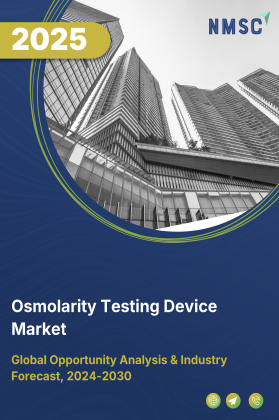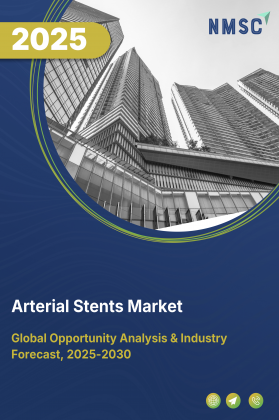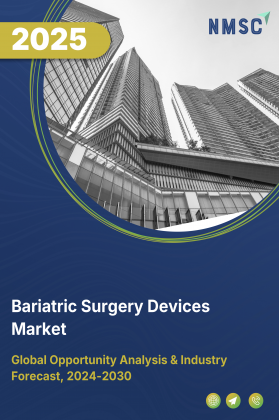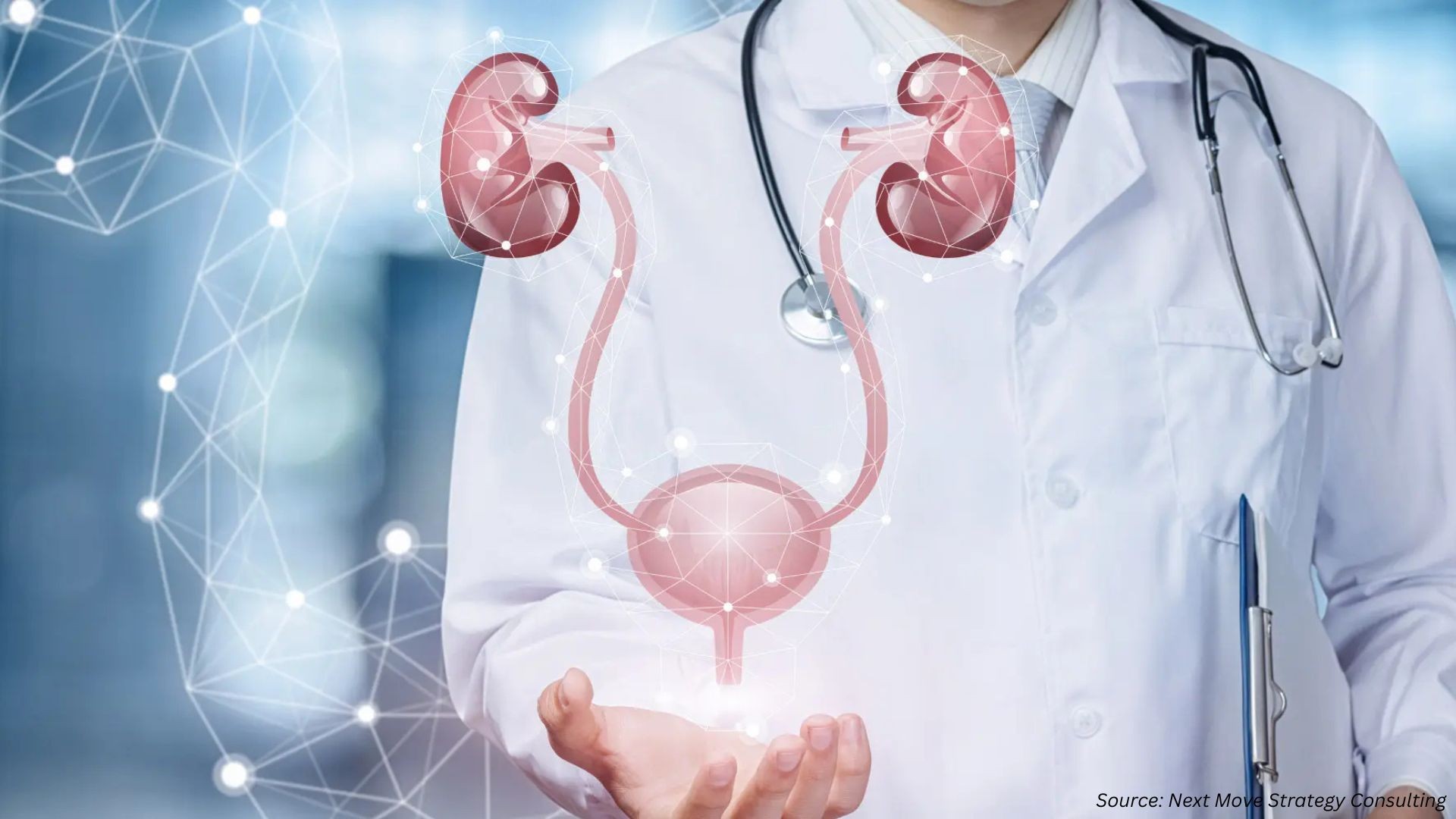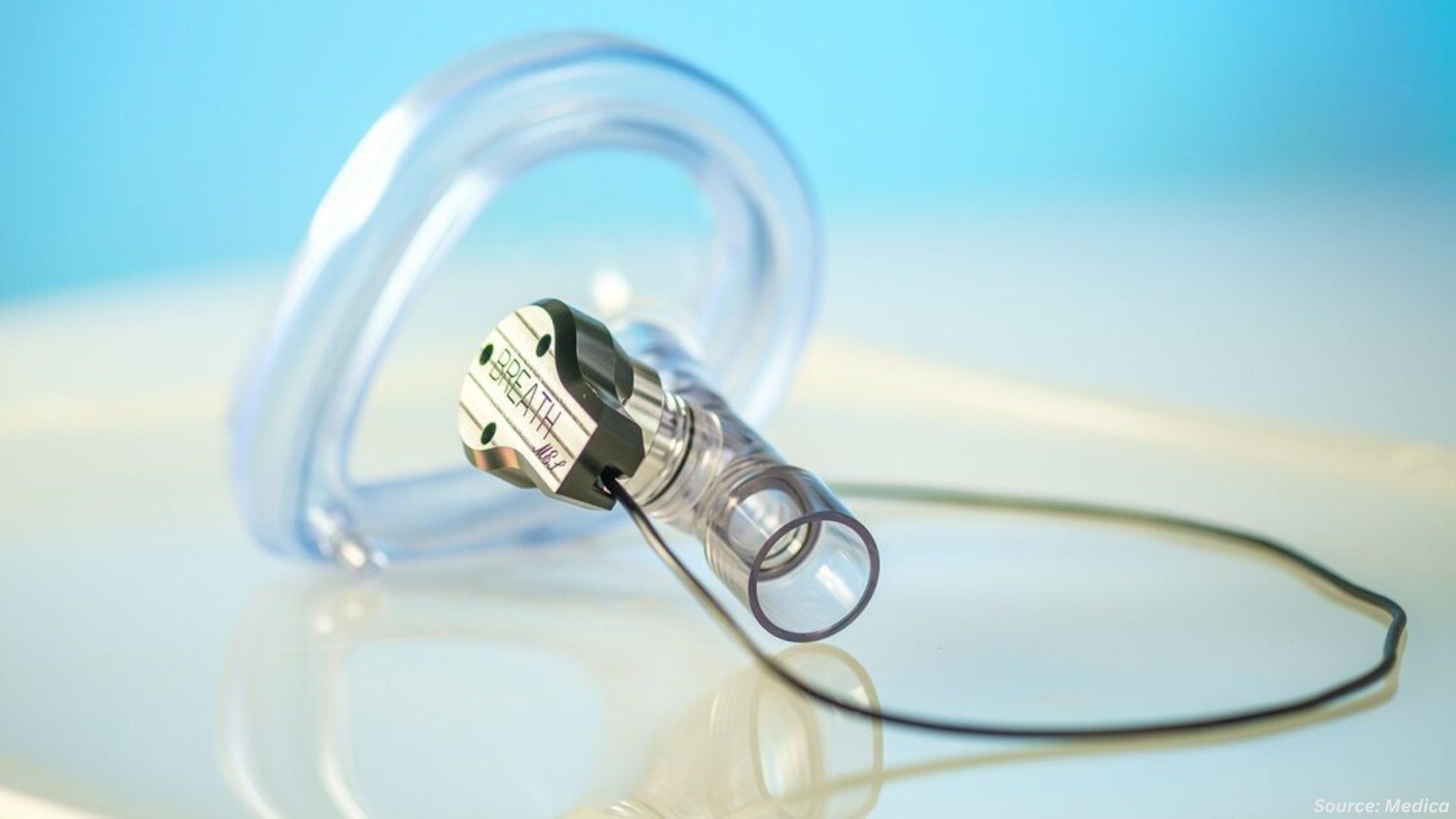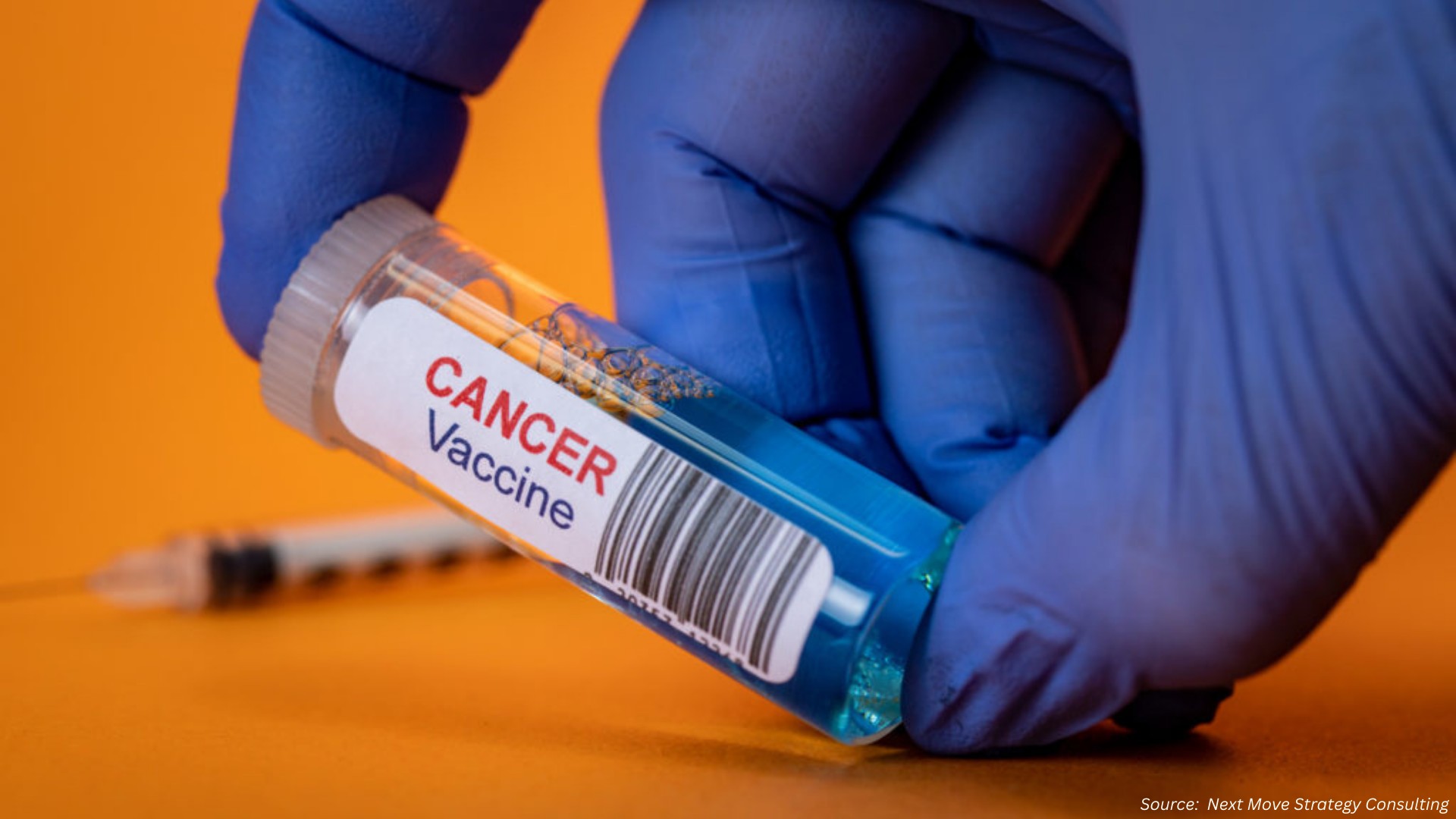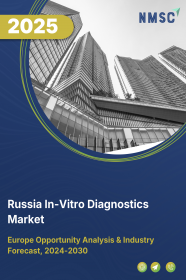
Russia In-Vitro Diagnostics Market by Product & Service (Reagents & Consumables, Instruments & Devices, and Software & Services), by Technique (Clinical Chemistry, Immunoassays, Molecular Diagnostics, and Other Techniques), by Testing Site/Channel (Central & Reference Laboratories, Hospital & Physician Labs, Point-of-Care & Retail, and Home & Self-Testing), by Application /Disease Area(Infectious Diseases, Oncology, and Other Indications) – Opportunity Analysis and Industry Forecast, 2024–2030.
Industry: Healthcare | Publish Date: 18-Aug-2025 | No of Pages: 139 | No. of Tables: 104 | No. of Figures: 69 | Format: PDF | Report Code : HC2358
Russia In-Vitro Diagnostics Market Overview
The Russia In-Vitro Diagnostics Market size was valued at USD 1.22 billion in 2023, and is predicted to reach USD 1.33 billion by 2030, at a CAGR of 0.9% from 2024 to 2030. In-vitro diagnostics (IVD) refers to a wide range of medical tests conducted on samples of bodily fluids, tissues, or cells outside of the body to diagnose diseases, monitor therapy, and assess overall health conditions. IVD tests are performed in laboratory settings using various techniques and technologies, including immunoassays, molecular diagnostics, clinical chemistry, hematology, and microbiology.
These medical diagnostic tests enable early detection of diseases, allowing for timely intervention and treatment initiation. By providing rapid and accurate results, IVD tests facilitate personalized medicine, guiding tailored treatment approaches based on individual patient characteristics. Also, in-vitro experiments provide valuable insights into biological systems, enabling scientists and researchers to make significant contributions to fields such as medicine, biotechnology, and pharmacology. They serve as essential tools for understanding fundamental biological processes and developing innovative solutions to address health challenges.
Accelerated Integration of Artificial Intelligence and Digital Pathology
The convergence of AI‑driven algorithms with high‑resolution imaging is transforming laboratory workflows, enabling automated slide analysis, pattern recognition and anomaly detection with minimal human intervention. Regulatory clearance for digital pathology platforms has shortened validation timelines, prompting leading hospitals and reference labs to upgrade their IT infrastructure. Integration with laboratory information systems (LIS) and cloud‑based analytics allows real‑time quality control, remote consultation and population‑level disease surveillance. As a result, turnaround times for complex assays—such as biomarker quantification and multiplex immunofluorescence—have decreased, improving clinical decision support and cost efficiency.
Expanded Government Support for Domestic Manufacturing and Import Substitution
Recent federal mandates under Russia’s Biotechnology Development Strategy prioritize local production of IVD reagents, instruments and consumables to reduce dependency on imports. Subsidized loans, tax incentives and co‑investment programs have empowered domestic manufacturers to scale up capacity and obtain international accreditations. These measures are coupled with streamlined registration processes aligned with the Eurasian Economic Union, accelerating market entry for home‑grown assays. By strengthening the national supply chain and ensuring competitive pricing, these initiatives are bolstering market resilience and encouraging innovation in niche applications such as rare‑disease panels and biosensor‑based diagnostics.
Inconsistent Reimbursement Framework and Budgetary Constraints Hinder Diagnostic Adoption
Fragmented reimbursement policies across federal and regional health programs create uncertainty for laboratories and hospitals seeking to introduce new IVD assays. While core tests are universally covered under the national healthcare budget, innovative molecular panels and high‑throughput platforms often face lengthy inclusion procedures or partial reimbursement caps. At the same time, ongoing budget reallocations toward pandemic response and hospital infrastructure in priority regions have squeezed diagnostic line items, delaying upgrades to automation and digital reporting systems. These financial pressures discourage smaller clinics from investing in advanced IVD technologies and slow the nationwide diffusion of personalized‑medicine approaches.
Expansion of Direct‑to‑Consumer and Home‑Based Diagnostics to Enhance Outpatient Care
Rising consumer demand for convenient health monitoring is driving growth in direct‑to‑consumer (DTC) and home‑based IVD solutions. Innovative self‑sampling kits and connected analyzers allow patients to conduct routine tests—such as metabolic panels, infection screens and hormone assays—from home, with results delivered via secure mobile applications. This model reduces the burden on overtaxed clinics, shortens diagnostic turnaround times and fosters patient engagement in chronic disease management. Recent regulatory updates have simplified the approval pathway for DTC kits under Russia’s telemedicine framework, encouraging both domestic startups and established manufacturers to develop CE‑marked, locally validated products. By leveraging existing postal networks and telehealth platforms, DTC IVD can bridge urban‑rural care gaps, support preventive health initiatives and unlock new revenue streams for diagnostic companies
Competitive Landscape
The promising players operating in the Russia in-vitro diagnostics industry include Roche Holding AG, Abbott Laboratories, Siemens Healthineers, Danaher Corporation, Thermo Fisher Scientific Inc., Becton, Dickinson and Company, BioMérieux, Sysmex Corporation, QuidelOrtho Corporation, Bio‑Rad Laboratories, Inc., Mindray, BGI Genomics, Horiba Medical, Alkor Bio, DNA-Technology LLC and others.
Russia In-Vitro Diagnostics Market Key Segments
By Product & Service
-
Reagents & Consumables
-
Clinical Chemistry Reagents
-
Immunoassay Reagents (ELISA/CLIA)
-
Molecular Master Mixes
-
Hematology Controls
-
-
Instruments & Devices
-
Chemistry Analyzers
-
Immunoassay Systems
-
Molecular Thermocyclers/Sequencers
-
Hematology Analyzers
-
POC Devices
-
-
Software & Services
-
LIS, Data Analytics
-
CRO/Testing Services
-
By Technique
-
Clinical Chemistry
-
Metabolites
-
Electrolytes
-
Enzymes
-
-
Immunoassays
-
ELISA / CLIA / CMIA
-
Lateral-flow Rapid Tests
-
Immunofluorescence
-
-
Molecular Diagnostics
-
PCR
-
Isothermal NAAT
-
NGS
-
In-situ Hybridization
-
-
Hematology & Coagulation
-
CBC Analyzers
-
Coagulation Panels
-
-
Microbiology
-
Culture & Sensitivity
-
MALDI-TOF
-
Molecular ID
-
-
Urinalysis & Body Fluids
-
Other Techniques
By Testing Site / Channel
-
Central & Reference Laboratories
-
Hospital & Physician Labs
-
Point-of-Care & Retail
-
Home & Self-Testing
By Application / Disease Area
-
Infectious Diseases
-
Oncology
-
Cardiovascular Health
-
Endocrinology & Diabetes
-
Nephrology
-
Genetic & Prenatal Testing
-
Autoimmune Disorders
-
Drug Monitoring & Toxicology
-
Blood Screening & Typing
-
Other Indications
Key Players
-
Roche Holding AG
-
Abbott Laboratories
-
Siemens Healthineers
-
Danaher Corporation
-
Thermo Fisher Scientific Inc.
-
Becton, Dickinson and Company
-
BioMérieux
-
Sysmex Corporation
-
QuidelOrtho Corporation
-
Bio‑Rad Laboratories, Inc.
-
Mindray
-
BGI Genomics
-
Horiba Medical
-
Alkor Bio
-
DNA-Technology LLC
REPORT SCOPE AND SEGMENTATION:
|
Parameters |
Details |
|
Market Size Value in 2023 |
USD 1.22 billion |
|
Revenue Forecast in 2030 |
USD 1.33 billion |
|
Value Growth Rate |
CAGR of 0.9% from 2024 to 2030 |
|
Analysis Period |
2023–2030 |
|
Base Year Considered |
2023 |
|
Forecast Period |
2024–2030 |
|
Market Size Estimation |
Billion (USD) |
|
Growth Factors |
|
|
Companies Profiled |
15 |
|
Customization Scope |
Free customization (equivalent up to 80 working hours of analysts) after purchase. Addition or alteration to country, regional, and segment scope. |
|
Pricing and Purchase Options |
Avail customized purchase options to meet your exact research needs. |

















 Speak to Our Analyst
Speak to Our Analyst



